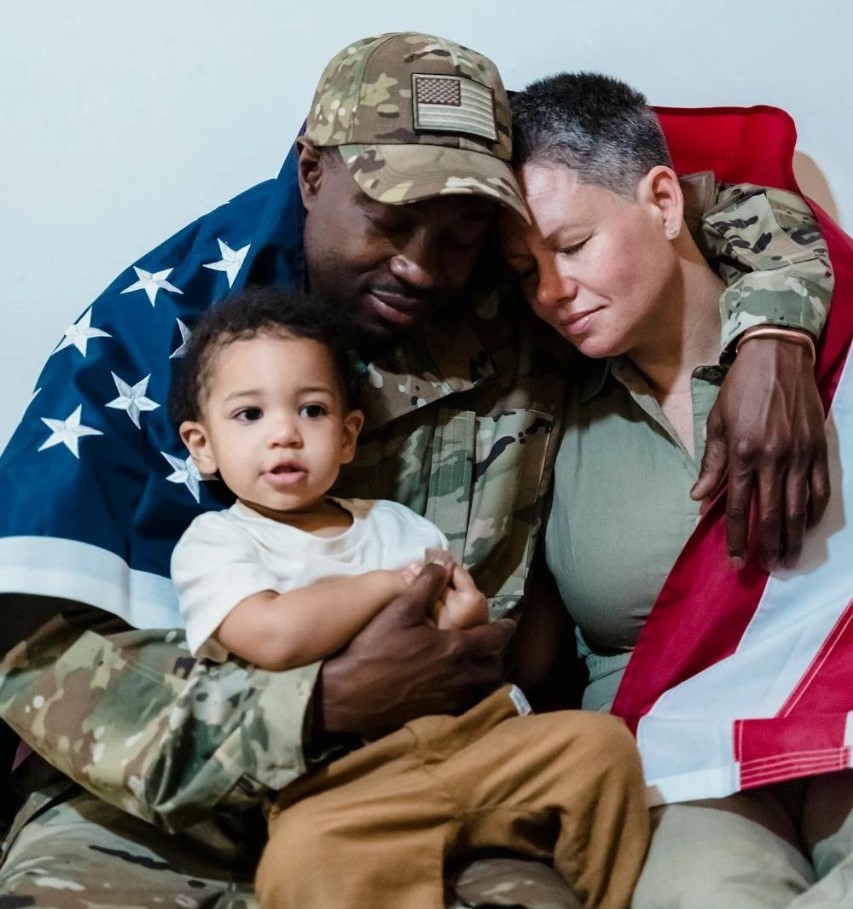No products in the cart.

By Evan Hackel
Ingagement is a leadership philosophy that emphasizes involving employees’ minds, creativity, and emotions rather than just giving them instructions. When leaders align people and foster a collaborative environment, organizations become more successful.
What is Ingagement?
Ingagement is a leadership approach that goes beyond mere engagement. It involves actively involving employees in decision-making processes, encouraging their input, and valuing their contributions.
Traditional leadership methods often involve top-down directives. In contrast, my book Hackel’s “Ingaging Leadership: The Ultimate Edition” introduces Ingagement, a philosophy that involves everyone in the decision-making process.
Key Principles of Ingagement
- Involvement: Encourage employees to participate in decision-making processes.
- Communication: Foster open and honest communication at all levels.
- Collaboration: Promote teamwork and collaboration across the organization.
Benefits of Ingagement
- Higher Employee Satisfaction: Employees feel valued and heard, leading to higher job satisfaction.
- Increased Innovation: Diverse perspectives lead to more innovative solutions.
- Stronger Commitment: Employees are more committed to the organization’s success when they are involved in decision-making.
Real-Life Examples
- When I was working at CCA Global Partners in Manchester New Hampshire, CEO Howard Brodsky was using a simple, yet highly effective program to build Ingagement through the ranks of his organization. Each month he held a lunch meeting for seven or eight employees, always at a local restaurant. The meetings were not exclusively for middle managers or executives; anyone could attend. “I didn’t want to give the lunches a formal name,” he explains, “because I wanted to keep everything somewhat loose.” Yet Deb Binder, a former CCA employee who was working there at the time, recalls that “If you got an invitation to go to lunch with the CEO, that was pretty exciting.” If people who had not been invited wanted to attend, they were welcome to do that. Everyone could ask anything they wanted, and no professional or personal topic was off-limits. Practical new ideas emerged from those meetings, but the greatest benefit was that people felt they were valued. Their ideas would be heard, and often tested or used, by an organization that wanted to hear what they had to say.
- When I was president at Carpet One, we took our entire staff on a retreat once a year. We did team-building exercises in the mornings, and in the afternoons, we invited all the employees to attend open meetings that were held in a big room outfitted with nothing but chairs and flipcharts. Senior management (comprised of me and the people who reported directly to me) did not attend. All the attendees were invited to walk up to a flipchart, write down any topic they pleased, and start a discussion about it. In essence, we were giving people a forum where they could discuss anything without worrying about upsetting anybody from upper management or being judged. As the meetings progressed, people were able to review the flipcharts and topics that were under discussion and offer new ideas. An extraordinary number of great ideas emerged like ideas about HR, customer service and relationships, and operational efficiency. When the retreats ended, we had people put the very best ideas on big pieces of paper from the flip charts, and when we got back to our home office, we posted those sheets on the wall, got working on them, and posted progress as it was made. People could see that their best ideas were not only heard but were put into practice. As a result, they felt motivated to suggest even more ideas—it was a real benefit to both the employees and to the organization.
Conclusion: Ingagement is a powerful leadership approach that can transform your organization. To learn more about how to implement Ingagement in your workplace, buy my book here.
















